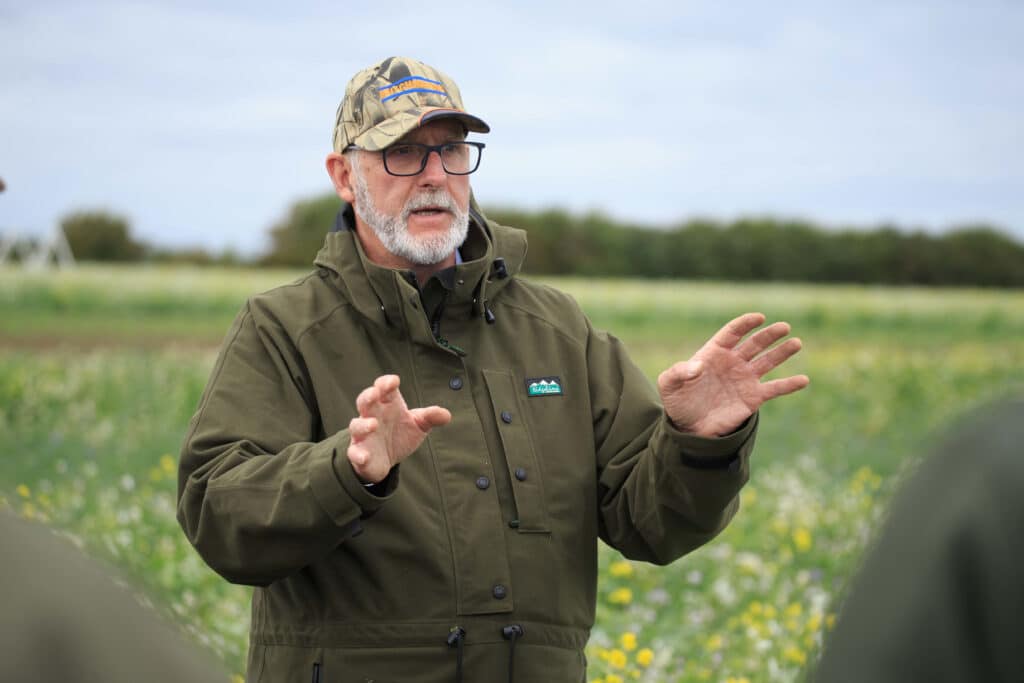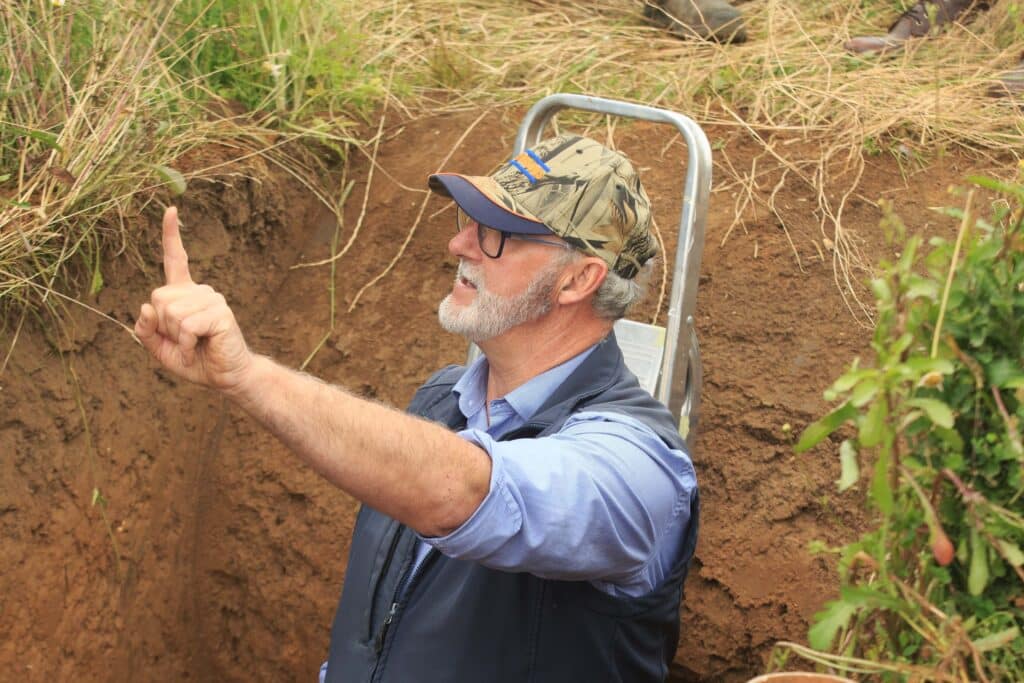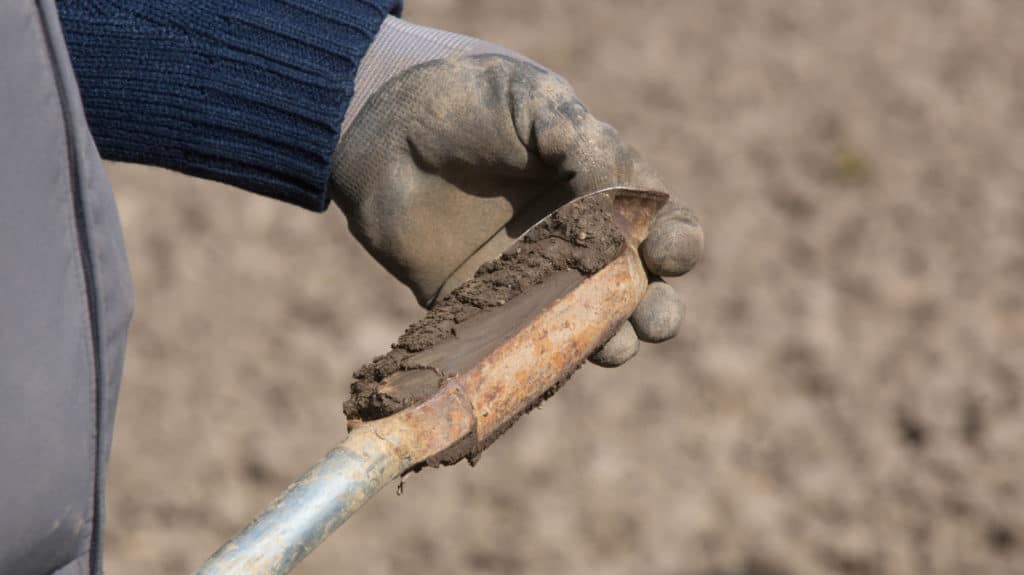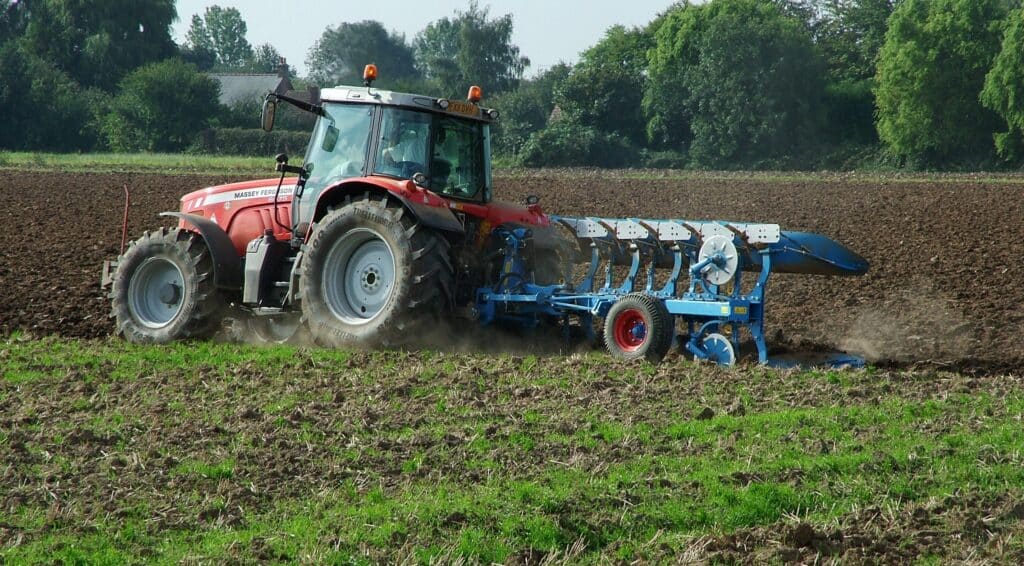Look after your soil – Tillage & Soils
Harvest 2024 has seen some wide variations in yield and quality even in the same fields. While this could be put down to many things ...
Harvest 2024 has seen some wide variations in yield and quality even in the same fields. While this could be put down to many things, one of the most over-arching reasons is probably due to the horrendously wet conditions of last winter. John Swire reports.
With climate change scientists and others predicting more wetter winters how are we going. to control this and keep the soils in good enough order to produce consistently high yielding and good quality crops into the future.
Evidence suggests that better or freer draining soils have maintained their potential without breaking any records whilst the heavier and poorly structured soils have seen their yield dramatically collapse. Growers and agronomists need to keep a close eye on their soils in order to maintain soil quality and yields in both the short and long term.
CAPPING
Quite clearly it makes more sense to protect your soil before doing any damage to it and then having to spend several seasons repairing it. Since the last agricultural revolution of the 1950s the soil has suffered from overworked seedbeds which in turn has led to capping and the creation of anaerobic conditions in the seeded zone which in turn severely impairs crop establishment. The capping can be quite often mistaken for poor drainage and farmers and agronomists need to be able to differentiate between the two.
Some of the poor yields this year can be put down to poor climate conditions such higher than average rainfall and a distinct lack of sunlight. However, the soil is the most important asset and we must protect it.
DIG A HOLE
The starting point is to take a spade and examine the soil conditions in individual fields, say Dick Neale Hutchinsons technical manager. “This will allow you to identify any issues and plan remedial measures, either before or after harvest. Every field is different as many factors may come into play including soil texture, cropping and cultivations to just name a few.”
If the soil structure has been damaged, subsoiling in suitable conditions can help restore and improve soil permeability. However, this can cause more problems than it solves and Dick recommends only subsoiling down to 10cm. A lot of people will instinctively go deeper but this will loosen the soil which will inevitably cause more compression from heavy machinery.
“Various field digs this year have shown that where fields have been flooded or waterlogged the depth of compaction can be quite shallow as the weight of the flooding may have compressed the ground.
WORK OUT WHAT'S GOING ON
“Going in with a subsoiler at 30cm when the compaction is at 10cm wastes time fuel and money. Subsoiling must be at the right depth. for it to work so machine setup and operation is essential. The point of the subsoiler wing should be just below the compaction zone allowing for the compacted soil to be lifted up over the wing.”
IRON NOT ROOTS?
More modern practices such as no-till farming and regen farming are built round the knowledge that soil moving implements never create a good soil structure although they are often needed to deal with such problems as shallow and deep compaction. This is created by building aggregates by microbiology, binding these together via growing roots and worm casts which together will create a more stable and resilient soil.
Despite all this, soil moving is sometimes necessary to address the problems of shallow or deep compaction. It is vital that the depth of compaction is assessed to ensure that shallow compaction is not replaced by deep compaction.
Tillage does not create good soil structure, that is done by natural processes. It only improves or removes a structural problem in the short term. Also, deep tillage breaks up natural soil structures which can leave a soft structure which is easily compacted by heavy machinery.
SPEED THE PLOUGH
Despite the move away from ploughing in the last few years it still has a place to alleviate shallower compaction and aerate the soils. However, Dick points out that it must be done properly with detail paid to the correct depth and with total inversion. Also, extra care must be taken on heavier soils with poorer drainage. If the land is ploughed wet and bakes dry, then it can be extremely difficult to create a good seedbed.
Looking after the soil with more long-term measures has always been in farmers minds. However, in more recent years this has become more of a hot topic with the emergence of regen agriculture. Soil has now come to the forefront and they are looking to keep soils in top condition by more regenerative methods. The use of cover cropping, direct drilling and bringing livestock back into the rotation to improve soil biology and structure, as well as applying the essential micronutrient nitrogen through the leaves rather than the roots.
TOWARDS NET ZERO
Agriculture has reached a turning point no longer are farmers relying on NPK fertilisers to power yields. Unfortunately the progress towards a more sustainable agriculture and with it a move to Net Zero is slow but it is beginning to accelerate as more knowledge is accumulated. Years of good practice will have to pass before the soil structure builds up to a detectable level of benefit and change.
Building up soil organic matter in soil is increasingly recognised as crucial for improving soil structure, water holding capacity, reducing nutrient leaching and providing greater resilience.
With the combination of less soil movement and feeding the microbes during the growing season with beneficial soil activators and biostimulants farmers are slowly beginning to see the rewards.
ACCESS TO NUTRIENTS
Feeding the microbes, balancing the fungi and bacteria in the soil, brings the plants that grow in it increased access to the nutrients they need, to help secure the productivity growers strive for, and to help them thrive under several stressful conditions.
Soil activators and bio stimulants increase better organisation of the soil organic matter and its fertility over a long period of time, resulting in constant quality and yield from season to season.
Benefits of improved biodiverse soil structure
| Lower fuel use |
| Easier workable soil |
| Faster straw breakdown |
| Increased porosity |
| Healthier plants |
| Increased photosynthesis |
| Carbon return |
| Improved water quality |
| Enhanced fungal activity |
| Potential reduced nitrogen applications |



